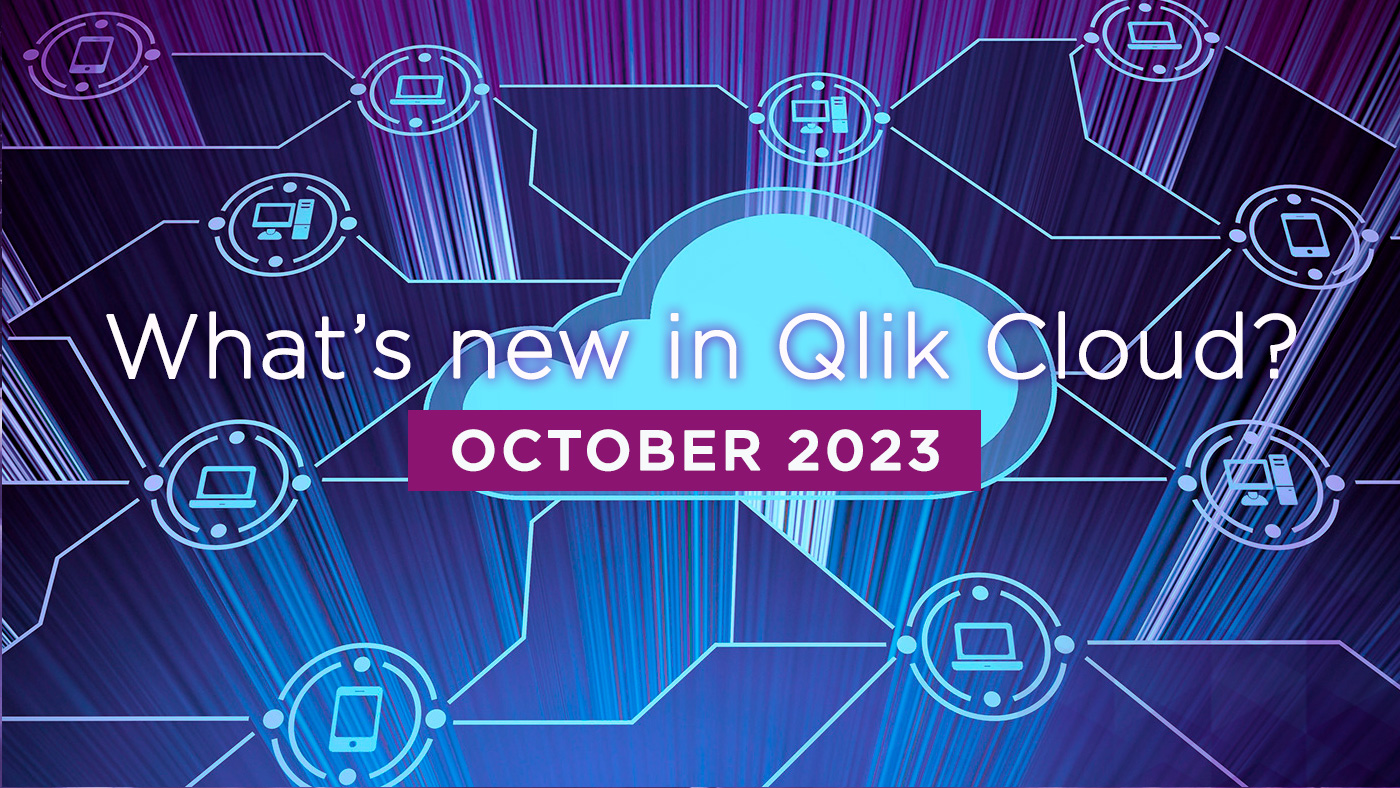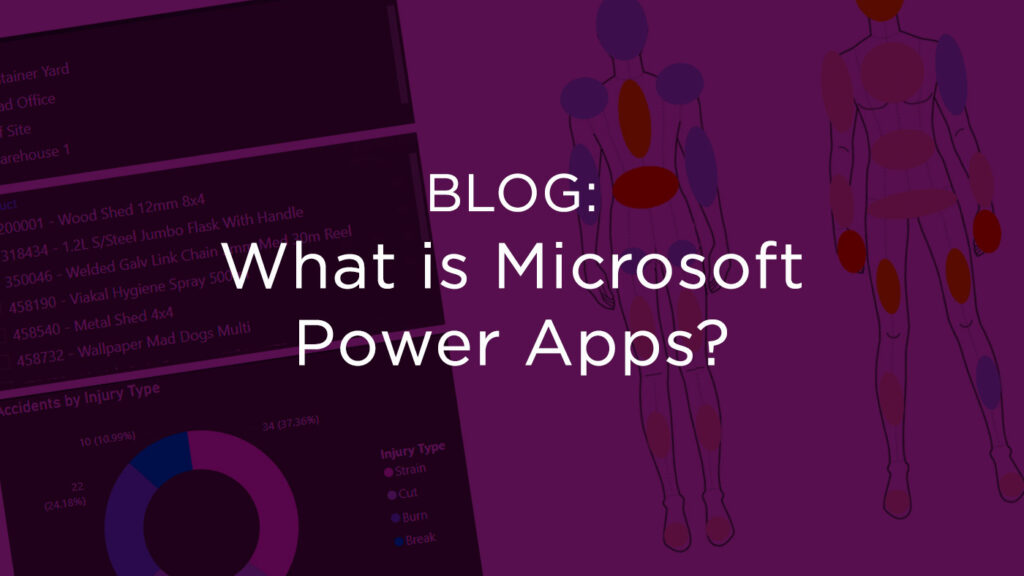
What’s New in Qlik Cloud
– October 2023 Updates –
Welcome to the next in a series of monthly blogs from Roger Gray and Mark James of Climber that will provide an update on the latest and greatest in new features added to the Qlik Cloud Platform. In each blog we will outline exciting updates to Data Analytics and the Data Integration Services.
Data Analytics: Increasing AI Integration and Customisation
The latest updates extend Qlik’s integration into AI technology to help with the creation of Qlik application expressions and extend data interpretation. Let’s dive into the key features and advancements introduced recently.
1. Insight Advisor Expression Generation
Have the Insight Advisor AI-assistant to write your visualisation expressions! New Qlik users can find expressions with set analysis, intimidating. The new expressions generator uses natural language processing to turn natural language into a Qlik expression.
2. Open AI Embeddings Connector
The OpenAI embeddings connector allows customers to convert text into numeric values for various use cases. Qlik users can generate this data directly through Qlik Sense, expanding the possibilities of data analysis and search.
3. Line Object
Sometimes a simple change can make a substantial difference. The new line object enables the drawing of simple lines on sheets, separating or grouping content, and creating bespoke dashboards with customisable design, width, and colour options.
4. New ODBC Connector via Direct Access
At last, it is possible to connect to your on-premise data stores using standard ODBC drivers, providing greater flexibility in accessing data where Qlik does not have a built-in connector. Integral to this change is the latest version of Direct Access gateway (1.5.2) which resolves some performance issues.

Data Integration: Improvements in Task Monitoring and Data Loads
1. Centralized Monitoring Views
Qlik Cloud Data Integration now offers the capability to monitor the status and progress of data integration tasks. This new capability allows for the admin user to filter on certain projects, task types or data platform.
This is a great new enhancement offering a high-level governance view of the current status of projects within a Qlik Cloud Data Integration tenant.
2. Landing Reload Selected Tables
It is now possible to manually reload selected source tables in a landing task. This is particularly useful in the event of recovering single tables in the result of an error in the landing task.
3. Improvement for Error Handling
Qlik Cloud Data Integration has improved its capabilities in error handling. When a user needs to recover suspended or failed loads within the landing area of a pipeline, this can be done with ease. Any subsequent and dependent tasks will automatically react, which will bring the whole pipeline back into sync and online.

Conclusion
In conclusion, Qlik’s recent updates and features demonstrate their commitment to improving data management and analysis capabilities. Whether you are focused on data integration, error handling, or analytics, these enhancements offer valuable tools and capabilities to help you make the most of your data. Stay tuned for further updates and innovations from Qlik as they continue to shape the data analytics and integration landscape.
WANT TO KNOW MORE? CONTACT US!
Roger Gray
BI Manager
roger.gray@climberbi.co.uk
+44 203 858 0668
Tom Cotterill
Senior BI Consultant
tom.cotterill@climberbi.co.uk
+44 203 858 0668
News archive

Simplify Data Engineering and Cut Costs in Microsoft Fabric
Join this webinar to find out how TimeXtender’s metadata-driven tool enables BI professionals to succeed in Microsoft Fabric environments — without requiring advanced coding expertise.
>> Register now
AI meets Data Literacy – How emerging tech is reshaping decision-making
AI is changing decision-making by enhancing data accessibility and insight generation, making data literacy more crucial than ever. This blog highlights the growing need for organisations to combine AI awareness with strong data skills across all roles.
>> Read more
What is Microsoft Power Apps?
Microsoft Power Apps is a low-code platform that enables businesses to swiftly develop custom applications tailored to their unique needs, without requiring extensive coding knowledge. In this blog you will learn more about the components, use cases, and benefits for your business.
>> Read more
